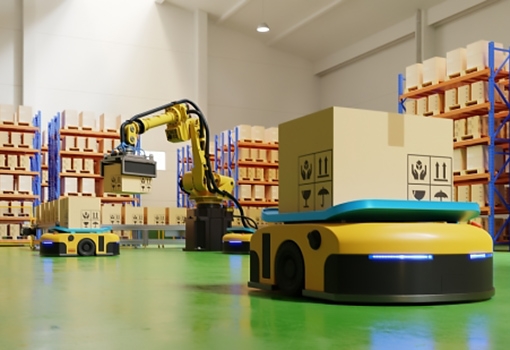From iron age water mills to artificial intelligence, few innovations have had as great an impact on society as the progression of automation. It has boosted humanity’s abilities, efficiency and standard of life since prehistory.
But any hapless seamstress or tailor in the early 19th century would likely point out the downsides of automation. While a power loom may have revolutionized clothing production, it put thousands of people out of a job, as just a few technicians can replace a room full of skilled workers.
Clearly, automation has winners and losers.
How can new technology be implemented in a way that maximizes its benefits and mitigates its drawbacks? Much time and money are invested in false starts before a new paradigm emerges. “Getting it right that first time takes a lot more time, a lot more money and a lot more failure than anyone would hope,” said Matt Beane, an assistant professor in UC Santa Barbara’s graduate Technology Management Program. “And most organizations don’t meet with success.”
Employees and administrators alike would surely welcome research that sheds light on these two aspects of automation. This is precisely the goal Beane has in mind for an ambitious research program investigating the integration of artificial intelligence in the warehouse and packaging industry. Beane and his colleague Erik Brynjolfsson at Stanford University are collaborating with industry leaders and, soon, the U.S. Census Bureau to look at automation from the perspective of both workers and industry to uncover the secrets that lead to the rare, early positive outcomes that previous research has missed.
On Feb. 2, Beane and Brynjolfsson will host a National Science Foundation-funded workshop titled “Adapting to AI-enabled Automation.” They plan to share their current findings with other experts in the field as well as solicit their interest in writing a grant proposal for the Future of Work at the Human-Technology Frontier, one of the NSF’s 10 Big Ideas. They hope to develop a technology that could address some of the challenges and opportunities that have become evident in their data.

Robots at work in a warehouse. The question is how to balance the increase in productivity they can provide with the loss of jobs for workers they can cause
